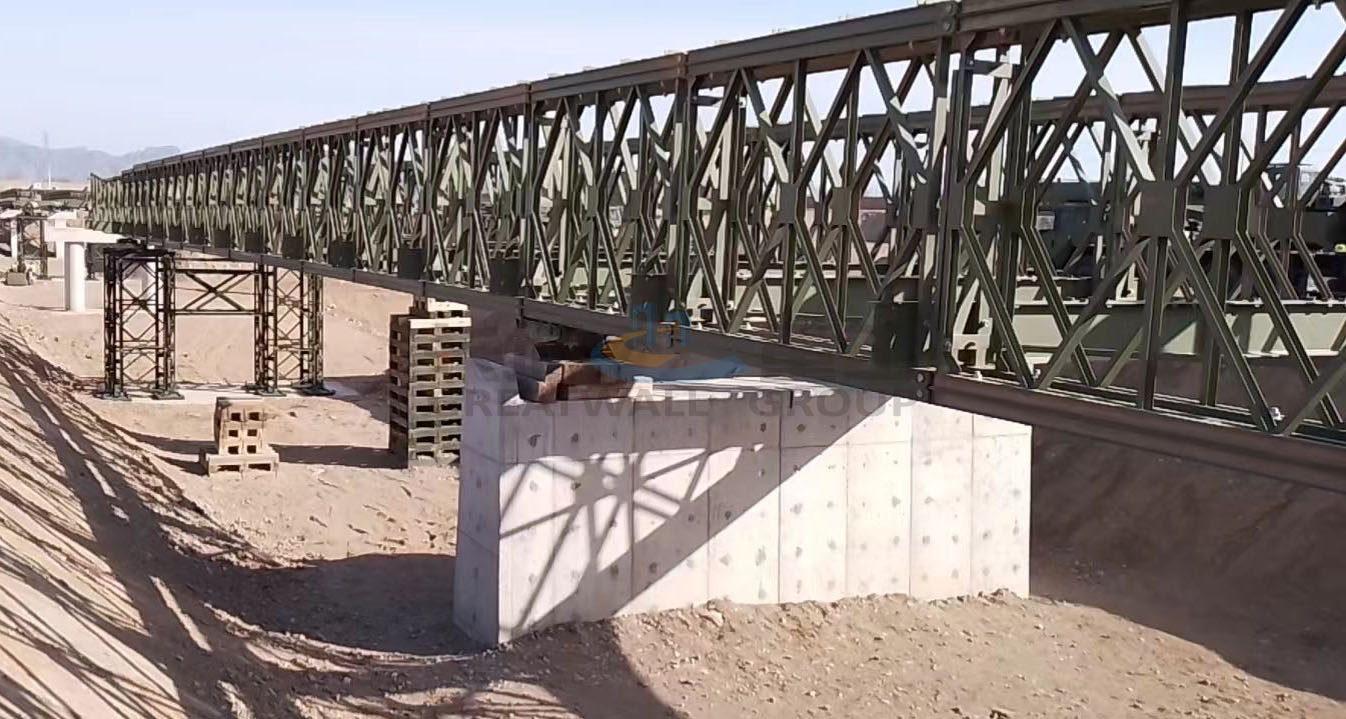I. Introduction to Prefabricated Bridge Projects
Prefabricated bridge projects represent an innovative engineering model in modern bridge construction. This approach involves manufacturing various bridge components, such as piers, crossbeams, longitudinal beams, and bridge decks, in factories and then transporting these prefabricated components to the construction site for assembly and erection. This engineering model offers several advantages.
Enhanced Construction Efficiency: Compared to traditional in-situ pouring methods, prefabricated bridge projects significantly shorten construction durations. For instance, in the Hubei Jiangbei Expressway project, constructing a similarly sized pier on-site using traditional methods took approximately seven days, whereas utilizing prefabricated assembly technology only required one day for pier assembly.
Guaranteed Engineering Quality: Prefabricated components are manufactured in a factory setting, where production conditions are easier to control, thus ensuring quality. Products like prefabricated bridge piers from Jianhua Building Materials are factory-made, ensuring superior quality with smooth, clean surfaces, no cracks, consistent color, and meeting the quality standards of as-cast finish concrete.
Compliance with Environmental Requirements: Prefabricated bridge projects often reduce environmental pollution during construction. Jianhua’s prefabricated bridge pier products feature hollow thin-walled structures, using less material and generating no slurry during construction, making them convenient, fast, and efficient, in line with national policies for energy conservation, emission reduction, and low-carbon environmental protection.
II. Key Components of Prefabricated Bridge Projects
(A) Prefabricated Bridge Piers
Multiple Connection Methods for Stable Linkages
Prefabricated bridge piers typically employ various connection methods such as grouted metal corrugated pipe connections, socket-type connections, slot-type connections, flange connections, and grouted sleeve connections, ensuring safe and reliable linkages. For example, the Jiangbei Expressway project utilized grouted sleeve connections.
Construction Techniques
The construction techniques for prefabricated steel bridge pier projects mainly include the following:
| Construction Techniques |
characterization |
|
Foundation Treatment: |
Foundation Treatment: Leveling, reinforcing, and treating the bridge foundation to eliminate uneven settlement and settlement differences. |
|
Pre-assembled Component Fabrication: |
Producing pre-assembled components of the specified specifications according to design requirements, ensuring component quality and accuracy. |
|
Steel Structure Pre-assembly: |
Pre-assembling prefabricated steel structure components, including positioning, alignment, and connection. |
|
Welding Techniques: |
Selecting and implementing welding techniques based on specific bridge requirements to ensure weld quality and strength. |
|
Bridge Deck Pavement: |
Paving the bridge deck, including asphalt concrete and cement concrete construction, to ensure deck flatness and durability. |
(B) Prefabricated Bridge Components
Crossbeam and Longitudinal Beam Components
Crossbeam components are installed along the bridge deck’s width, while longitudinal beam components are installed along its length. The ends of longitudinal beam components are fixedly connected to adjacent crossbeam components.
Stress Loading Components
Stress loading components are positioned below longitudinal beam components to provide upward stress. Their ends are connected to adjacent crossbeam components. Stress loading components include a component body with a loading mechanism and a control mechanism at the base. The loading mechanism provides loading pressure, while the control mechanism regulates the released loading pressure.
Bridge Deck Components
Bridge deck components are laid on top of longitudinal beam components.
III. Application Fields of Prefabricated Bridge Projects
Prefabricated bridge projects are primarily applied in highway, railway, municipal, and port construction fields. Jianhua Building Materials’ prefabricated bridge pier products have been used in these fields, including the approach bridge section of Paihe Bridge, a crucial bridge in the G3 Beijing-Taipei Expressway Fangxing Avenue to Mayan Section Reconstruction and Expansion Project, utilizing prefabricated bridge services, including prefabricated bridge pier components.
IV. Challenges Facing Prefabricated Bridge Projects
(A) Insufficient Research on Seismic Performance
Limited Application in High Seismic Zones
Prefabricated bridge pier systems are widely used in non-high seismic zones due to their rapid construction and shortened construction durations. However, current research on the seismic performance of prefabricated bridge pier systems is still immature, limiting their engineering applications in high seismic zones. For instance, concerns about the seismic performance of prefabricated bridge piers hinder their adoption in critical projects and high seismic zones, such as some subway projects.
Ongoing Experimental Research
Experimental research on the seismic performance of cast-in-situ, prefabricated, and prestressed prefabricated bridge piers has been conducted, based on the Ning-Ju Intercity Railway prefabricated and assembled bridge piers. This research aims to gain a deeper understanding of the seismic performance of prefabricated bridge piers, providing theoretical and practical foundations for their wider application.
Post time: Oct-24-2024


